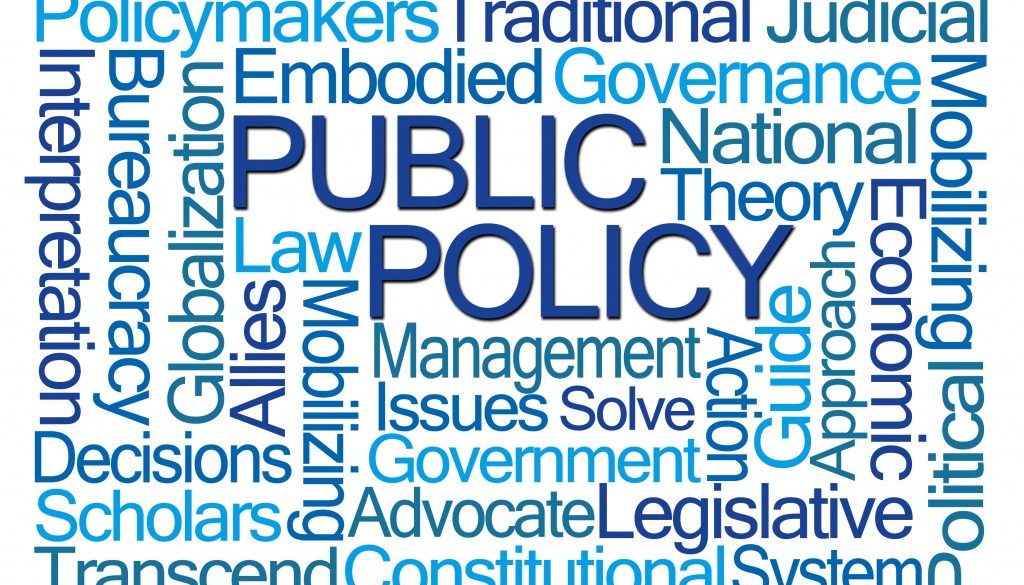Population Health Science in a Changing Policy Environment
IAPHS LibraryIn the wake of the 2016 federal election, what opportunities exist for population health research to contribute to efforts to improve health at the policy and practice level? This was the question addressed by participants in a panel organized by the IAPHS at the Population Association of America’s (PAA) conference in Chicago last April. Panelists included:
Harold Pollack, PhD, Helen Ross Professor, the University of Chicago School of Social Service Administration
Adam Gamoran, PhD, President, William T. Grant Foundation; previously the John D. MacArthur Professor of Sociology and Educational Policy Studies and director of the Wisconsin Center for Education Research at the University of Wisconsin-Madison
Lindsey Leininger, PhD., Associate Director, Mathematica Policy Research
Mike Spittel of the NIH Office of Behavioral and Social Sciences Research moderated the discussion, which was preceded and followed by a reception supported by four population research centers: the Center for Studies in Demography & Ecology, University of Washington; Population Research Center, University of Texas at Austin; Columbia Population Research Center, Columbia University; and Center for Demography & Ecology, University of Wisconsin – Madison.
Five key messages for population health scientists emerged from the discussion:
- Devolution offers scientific opportunities. When regulations are relaxed, states have more autonomy to set policies on health, education, child welfare, and other social/environmental determinants of health. This a boon for researchers, who can take advantage of the resulting variation to study policy effects (and the effects of devolution itself on inequalities in health among states).
- State and local officials want information. If you talk to governors and state officials about addiction, they don’t want to talk about politics. They want to talk about how to use Medicaid resources creatively to solve the problems that prevent recovery, how to serve people who need residential services, and how to measure whether what they are doing is working. This offers concrete opportunities for research to influence policy. People running the programs at these levels want data, they want measures, and they want information to help them better serve their communities.
- Find topics and strategies to make engagement possible. Policy makers have to consider politics as well as evidence, and on some topics the politics can swamp the discussion. In many cases, however, it’s not so difficult to find shared values: for example, in college affordability, child care subsidies, or investments in infrastructure. There is a big appetite for evidence-based work in these areas. In others, a careful framing of your work can avoid triggering political pitfalls and help to engage policy makers.
- Shift the emphasis from causes to responses. Scientists who study basic mechanisms often are surprised when public health officials claim that we know “enough” about the causes of health. They wonder why, if this is true, the knowledge of causes doesn’t translate straightforwardly into solutions to health problems? Reasons offered by panelists included the multiplicity of factors that can operate interactively to affect health, the fact that the key mechanisms through which upstream factors affect health can shift over time and vary by place, and many other issues at play in designing feasible responses to health problems in the form of interventions and policies. Scientists need to be involved in thinking about how to design reasonable responses and designing rigorous tests of those responses to assess their effectiveness in improving health.
- Your work can affect health at both the micro and macro levels. Population health scientists tend to emphasize macro-level determinants of health such as the operation of the health care system, urban infrastructure, and food environments. But many end up working at the micro level, implementing interventions in schools or addressing the social service needs of patients. What’s key is recognizing the interplay between micro and macro, which means that changes at one level can affect health at the other. Changing things at the macro level can take generations; creating change at the micro level, for individuals, can be done now and can also have longer term effects. In addition, small changes – like creating a Medicaid payment algorithm that works better for people – can have a macro impact on health.
IAPHS will co-sponsor another event like this at next year’s PAA meeting in Denver, Colorado. Jason Boardman of the University of Colorado, Boulder, has organized a session entitled Assessing the Marriage of Demography, Genetics, and Population Health. The session is tentatively scheduled for the evening of April 26 and will feature John Hewitt, Director of the Institute for Behavioral Genetics at the University of Colorado; Dalton Conley, Princeton University; and Jonathan King, National Institute on Aging. Please contact IAPHS if you would like to participate as a reception sponsor.




All comments will be reviewed and posted if substantive and of general interest to IAPHS readers.